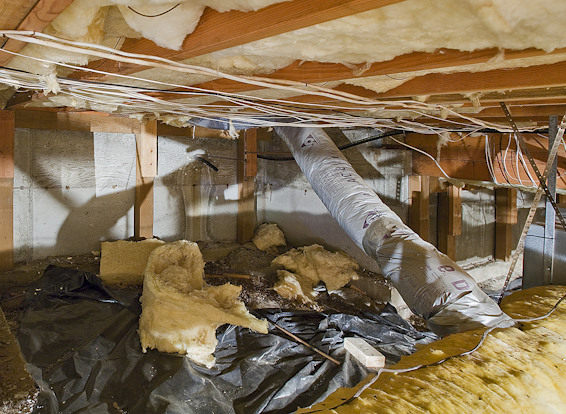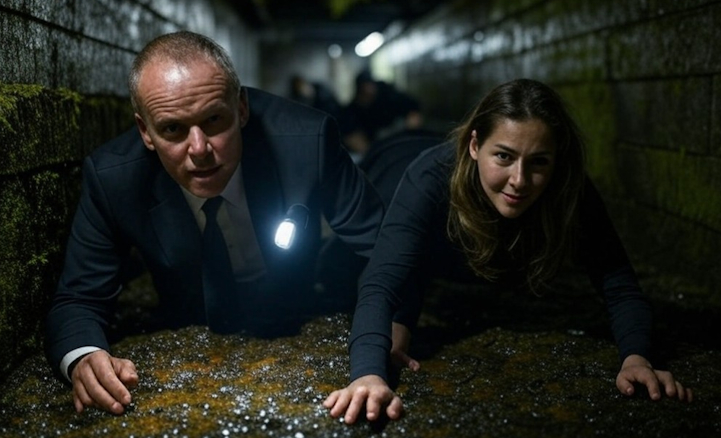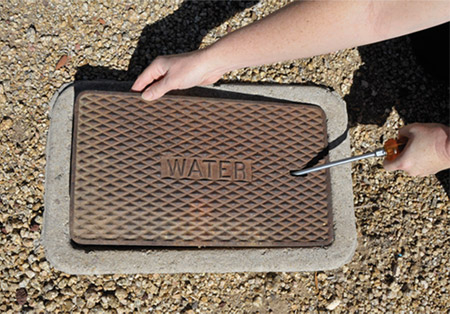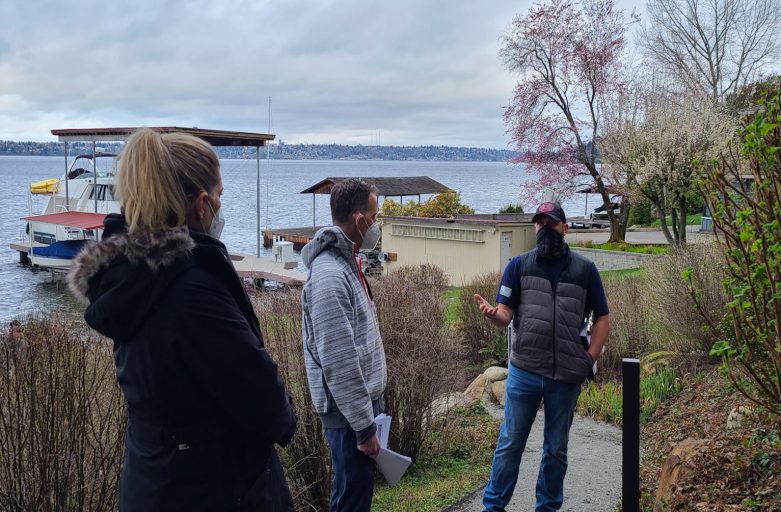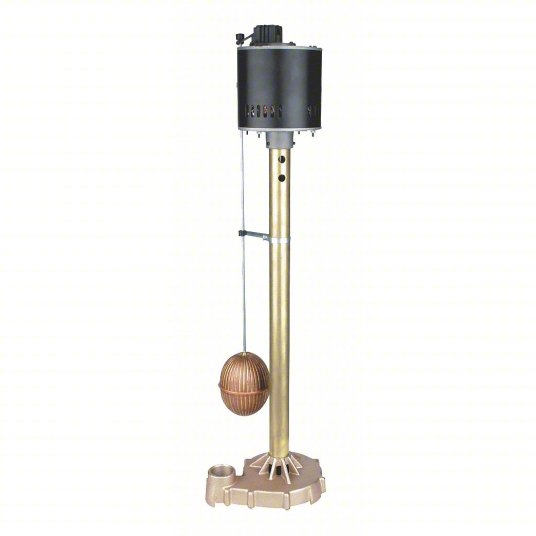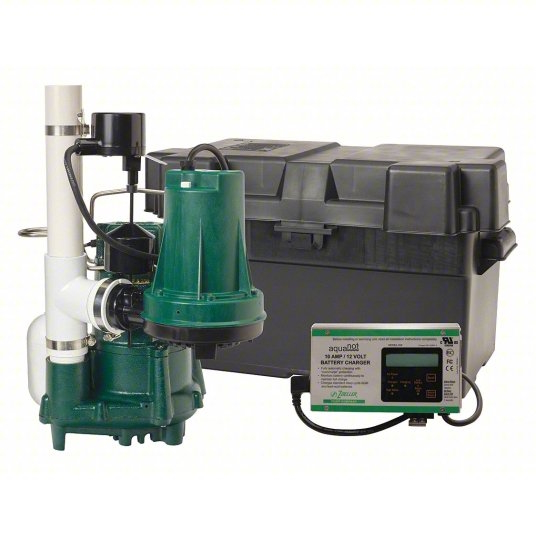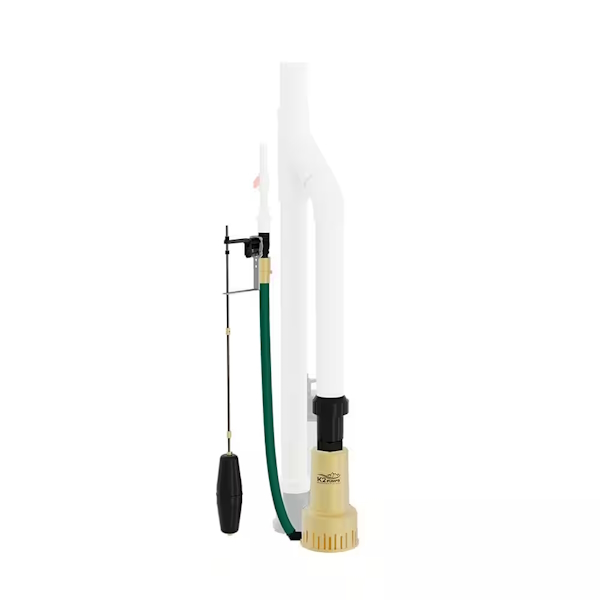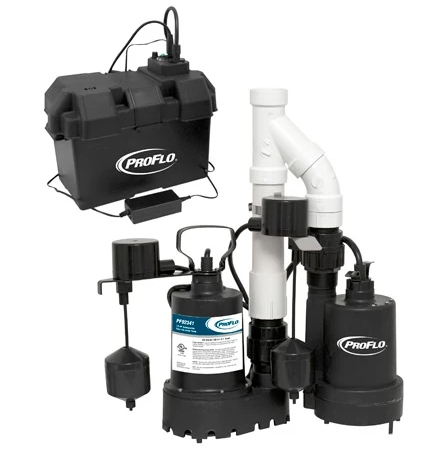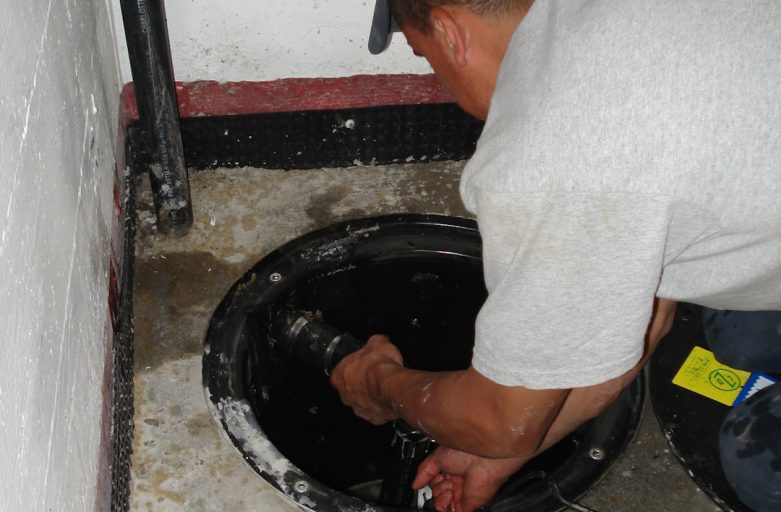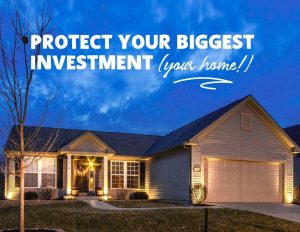Why Do Basements Get Wet in Seattle?
A Seattle wet basement often stems from the region’s climate and geography. The heavy rainfall saturates the soil, increasing hydrostatic pressure around your home’s foundation. Over time, this pressure can force water through cracks in the foundation or poorly sealed joints. Poor drainage systems, like clogged gutters or downspouts that don’t direct water away from the house, are another culprit. In older Seattle homes, especially in neighborhoods like Capitol Hill or Queen Anne, aging foundations may lack proper waterproofing, making them more vulnerable to leaks. Additionally, the region’s clay-rich soil retains water, exacerbating the problem by keeping moisture close to your foundation.
Why is it Important to Fix a Wet Basement Quickly?
Ignoring a Seattle wet basement can lead to serious consequences. First, water intrusion fosters mold and mildew growth, which thrives in the damp, cool conditions of the Pacific Northwest. Mold not only damages your home’s structure but also poses health risks, such as respiratory issues, for your family. A wet basement can also weaken your foundation, leading to costly structural repairs down the line. Beyond the physical damage, a damp basement lowers your property’s value—buyers in Seattle are wary of homes with water issues, knowing the region’s reputation for rain.
Solutions for Seattle Homeowners
At Northwest Drainage, we recommend a multi-step approach to fix a Seattle wet basement. Start with a thorough inspection to identify the source of the problem. Installing or repairing a proper drainage system, like French drains or sump pumps, can redirect water away from your foundation. Waterproofing the basement walls and sealing cracks is another critical step. Regular maintenance, such as cleaning gutters and ensuring proper grading around your home, can prevent future issues.
Don’t let a Seattle wet basement dampen your Pacific Northwest lifestyle. Contact Northwest Drainage today to protect your home, health, and investment from the region’s rainy reality.

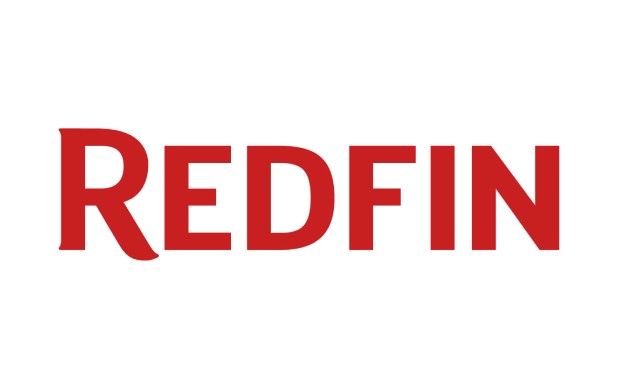
 Crawl spaces, like those found in
Crawl spaces, like those found in 
